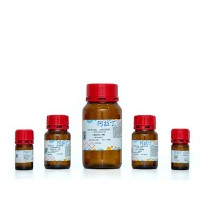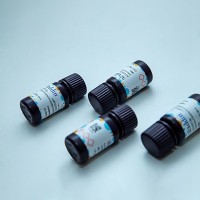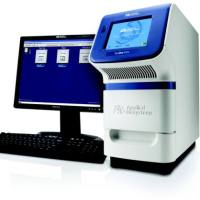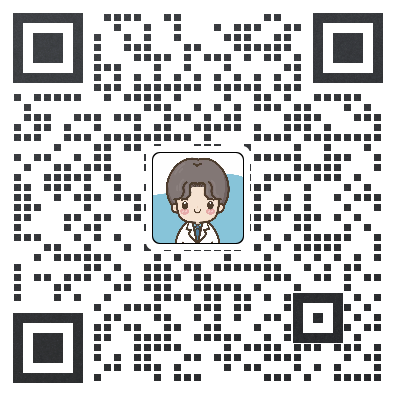Semiquantitative Real-Time PCR for Analysis of mRNA Levels
互联网
431
The reverse transcription-polymerase chain reaction (RT-PCR) has become a standard tool in gene expression analysis studies (1 ,2 ). Starting with a very small amount of material (usually total RNA), the investigator is able to copy the RNA by reverse transcription (RT) to produce single-stranded, complementary DNA (also known as first-strand cDNA). The cDNA, which is much less prone to degradation than RNA, can then be amplified by PCR and quantified to determine the relative abundance of expressed genes within and between sample groups. Two of the most common uses of this technology in the field of drug abuse are: (1) to compare relative or absolute levels of expression of genes between control and treatment groups or, more recently, (2) for confirmation of gene expression (mRNA) changes identified in a primary screen (e.g., hybridization array analysis). The great utility of the technique is that if one has access to a real-time PCR thermocycler and is interested in comparing relative mRNA levels, the experiments are neither difficult nor expensive to perform. Indeed, attempts to be absolutely quantitative provide a very significant set of technical concerns (1 ) that are not the subject of the present discussion.






